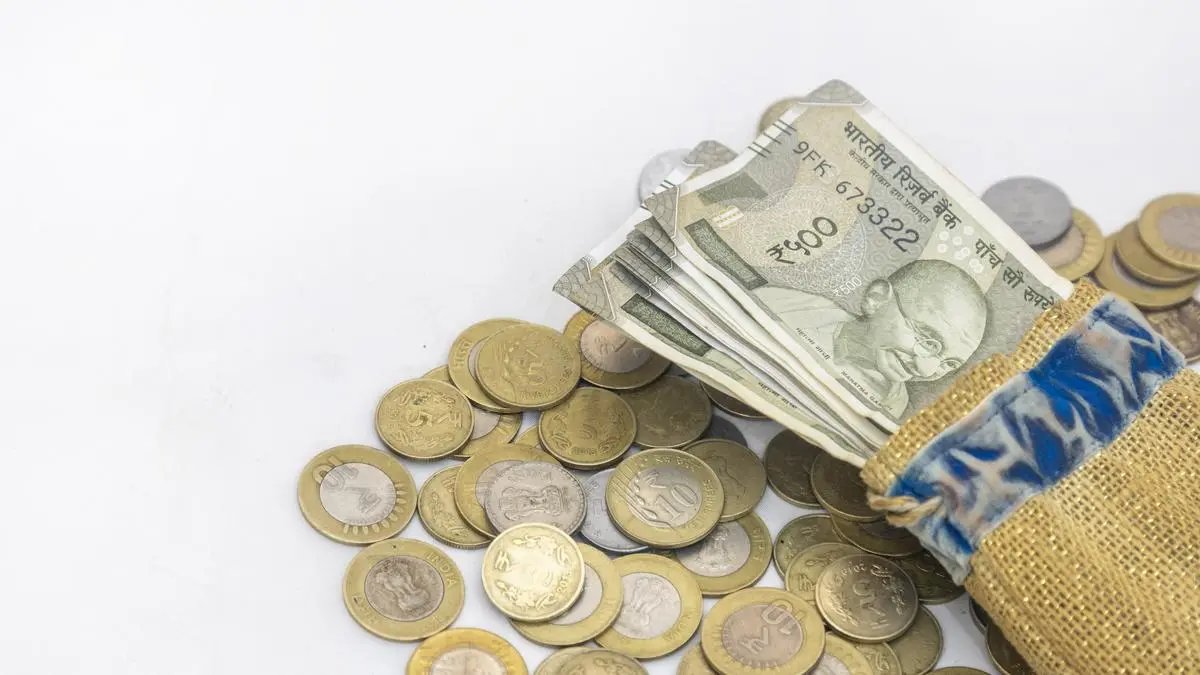The Indian Rupee (INR) fell during Wednesday’s Asian session, as it held onto its position as the worst performing Asian currency in August. The drop was primarily fuelled by the demand for the U.S. dollar from Indian importers, expanding the country’s trade deficit. Additionally, the decline in crude oil prices may reinforce the INR, possibly reducing its losses in the short term.
The Reserve Bank of India (RBI) is keenly observing the situation and planning potential interventions to prevent the local currency from breaking the 84.00 mark against the USD. The interventions may involve the central bank disposing of USD to reinforce the rupee.
Market players anticipate major economic news releases, with the initial August Purchasing Managers’ Index (PMI) from India and the U.S. planned for Thursday. The figures are expected to offer new insights into each country’s economic health and potentially influence currency movements.
Consequently, traders are looking forward to the Federal Reserve Chair Jerome Powell’s speech at the Jackson Hole Symposium this Friday, amid rumours that Powell might suggest a potential interest rate cut. This could exert downward pressure on the U.S. dollar and relieve the INR.
The USD/INR pair maintains an optimistic view, as the exchange rate holds above the critical 100-day Exponential Moving Average (EMA). Moreover, the recent selling pressure and a bearish 14-day Relative Strength Index (RSI) below the 50 midline suggest that further fall cannot be ruled out.







